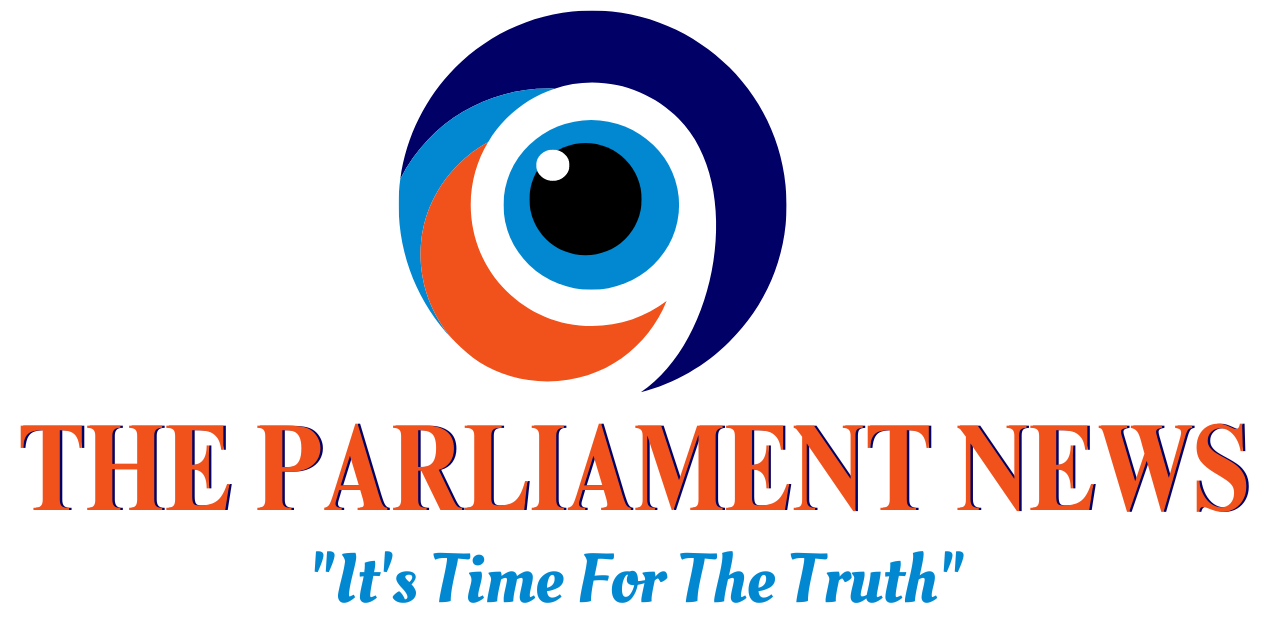As Donald Trump embarks on his second term as President of the United States, global financial markets are already responding to the anticipated policy shifts. On Tuesday morning, the Indian stock markets opened on a positive note, with both the Nifty 50 and BSE Sensex registering early gains amid expectations of aggressive executive action in the U.S.
The Nifty 50 index climbed 76.90 points or 0.33%, opening at 23,421.65, while the BSE Sensex surged 188.28 points or 0.24% to start the day at 77,261.72.
Markets React to Trump’s Bold Start
The optimism in the market stems from the flurry of executive orders signed by Trump on his first day back in the Oval Office. Analysts believe the new administration’s focus on areas such as tariffs, immigration, tax cuts, deregulation, energy security, and the Department of Government Efficiency (DOGE) could have a significant impact on the global economy.
Ajay Bagga, a seasoned banking and market expert, explained the sentiment to ANI:
“Trump 2.0 is here. More experienced, more determined, and armed with a barrage of Day 1 executive orders. As the Trump Cabinet gets approved, many of these policies will translate into actionable measures on the ground.”
Bagga also highlighted the immediate market implications:
“US dollar, bond yields, global markets, and commodities are already adjusting to the Trump Impact. Indian markets are relieved, for now, that no universal tariffs have been announced.”
Sectoral Performance: Metal and PSU Banks Lead the Charge
All sectoral indices on the NSE opened in positive territory, with Nifty Metal and Nifty PSU Bank leading the gains, both up by 0.5%. Nifty IT also posted modest growth of 0.23%.
In the Nifty 50 list, 37 stocks opened in the green. Ultratech Cement, Apollo Hospitals, BPCL, and Wipro emerged as the top gainers, while Trent, Adani Enterprises, Kotak Bank, and NTPC were the leading losers.
Quarterly Earnings in Focus
As investors digest the Trump administration’s early moves, attention will also be on the Q3 earnings announcements for FY25. Key companies scheduled to release their results include UCO Bank, KEI Industries, Tata Technologies, Dalmia Bharat, PNB Housing Finance, Aditya Birla Real Estate, Indiamart Intermesh, and India Cements.
Global Market Trends
In other Asian markets, the Nikkei 225 surged by 1.16%, and Hong Kong’s Hang Seng index jumped 1.72%. Taiwan’s Weighted Index also recorded gains of 0.51%. However, Singapore’s Straits Times and South Korea’s KOSPI indices faced minor declines of 0.14%.
What Lies Ahead?
As Trump’s policies take shape, market volatility is expected to remain high. Investors are keeping a close eye on announcements from the U.S. that could impact global trade and economic dynamics.
With optimism in Indian markets and cautious anticipation in global indices, the Trump 2.0 era has started with a noticeable impact on the financial world. Only time will reveal the true extent of these shifts












